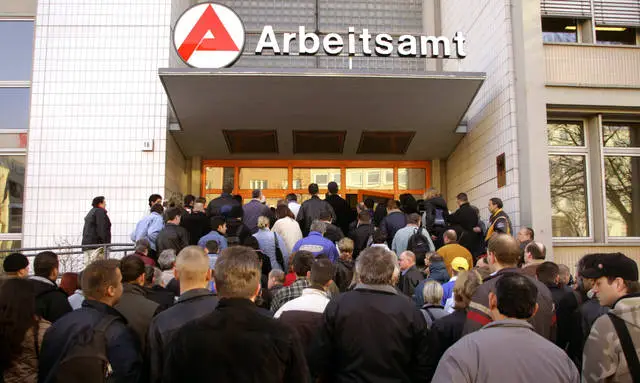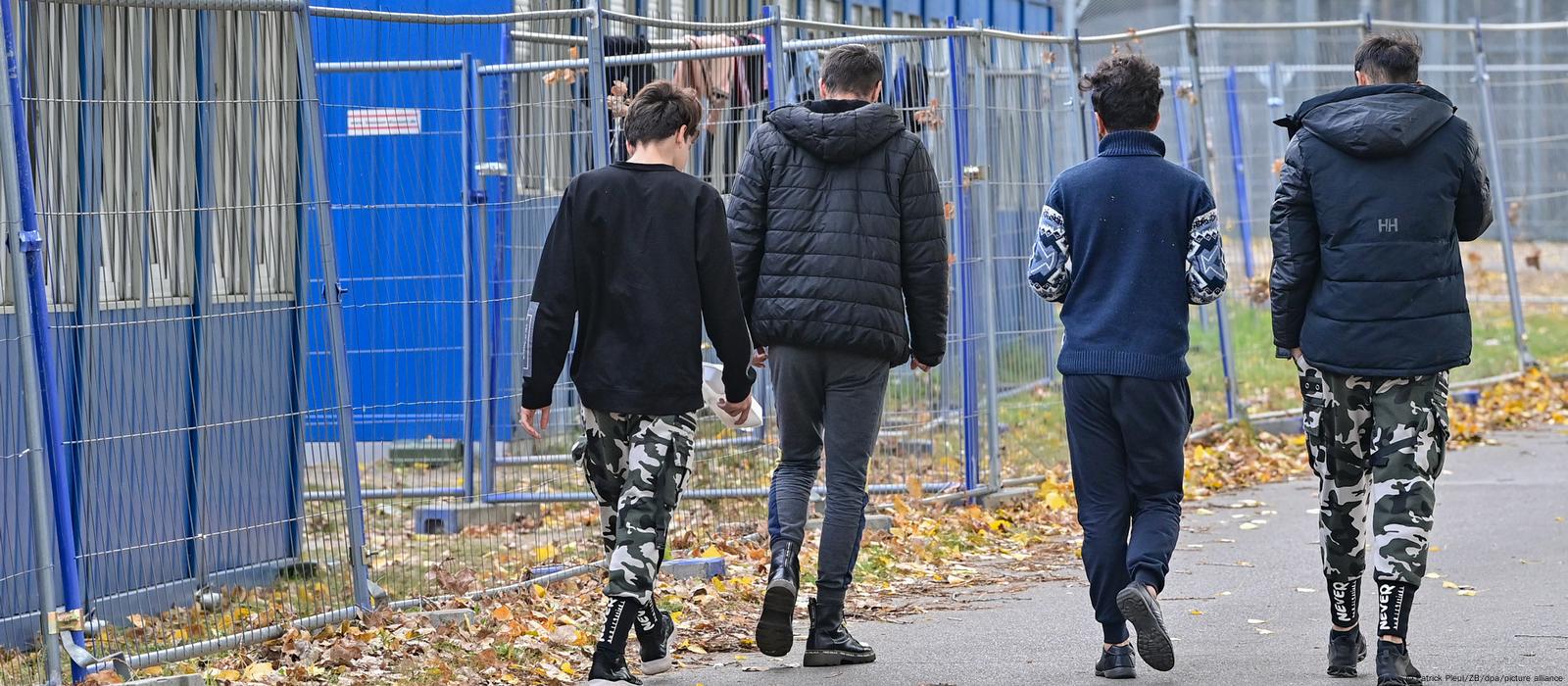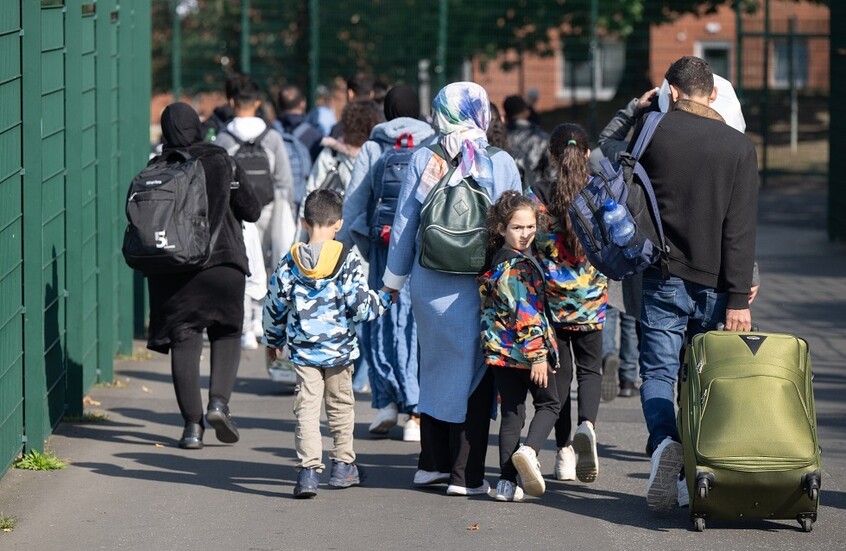
The Federal Employment Agency indicated that the unemployment rate among refugees in the German capital, Berlin, has increased to approximately 10%, at a time when Germany is suffering from a labor shortage, which the Green Party considered a “governmental failure” par excellence.
According to the agency’s regional data on employment in the context of refugee migration, about one in ten unemployed people in Berlin is a refugee, according to the “Amal, Berlin!” website.
The agency adds that in July, 9.5% of people registered as unemployed (17,217 people) were originally refugees. These numbers do not include war refugees from Ukraine.
The agency explained that it registered about 180,000 people as unemployed in Berlin in July. The Syrians ranked first, including about 7,000 people, then the Afghans (2,828), followed by Iraq (942), Iran (629), and similar numbers for Eritrea, Nigeria, Pakistan and Somalia, while 5,422 unemployed people came as refugees from other countries, noting that 40% of the unemployed refugees do not have qualifications or certificates indicating at what stage of education they left school.
The agency notes that restrictions on the employment of asylum seekers are particularly stringent at the beginning, as refugees with a residence permit are excluded from the labor market during the first three months of their stay in Germany. As of the fourth month, they have the right to work in part-time jobs.
For her part, the leader of the Green Party in Berlin, Bettina Jarasch, believes that the “government deficit” is one of the main reasons for the lack of integration of refugees into the labor market. “As long as we design state structures in a way that makes integration into the labor market unnecessarily complicated, we should not be surprised that unemployment rates are rising,” Jarasch told the Tagesspiegel newspaper on August 20.
She adds that, in the case of Ukrainian war refugees, Germany did something right: “They could start working from the moment they arrived, and this is what I would like to see for all refugees.”
Economist Herbert Brücker, who has been working for years on the so-called integration of refugees into the labor market, says: “The longer refugees stay in Germany, the greater the proportion of them becomes employed. Seven years after they sought asylum, the average employment rate in our survey was 64%.”
It can currently be assumed that employment rates in this population group (refugees) will decline.
“Because employment rates increase with the length of stay, the statistical average initially decreases somewhat as the number of new arrivals increases,” Brücker says.
He explains, seeing an indication of this also in the Berlin data: “Before the renewed strong refugee movement at the beginning of last year, the percentage of refugees out of the total unemployed was only 8%. It has since risen to approximately 10%.”
It is noteworthy that Berlin’s twelve districts suffer from a shortage of skilled workers and are looking for new employees. According to a recent survey conducted by the German News Agency, there are currently 2,829 vacant positions in district offices, agencies and affiliated companies.





